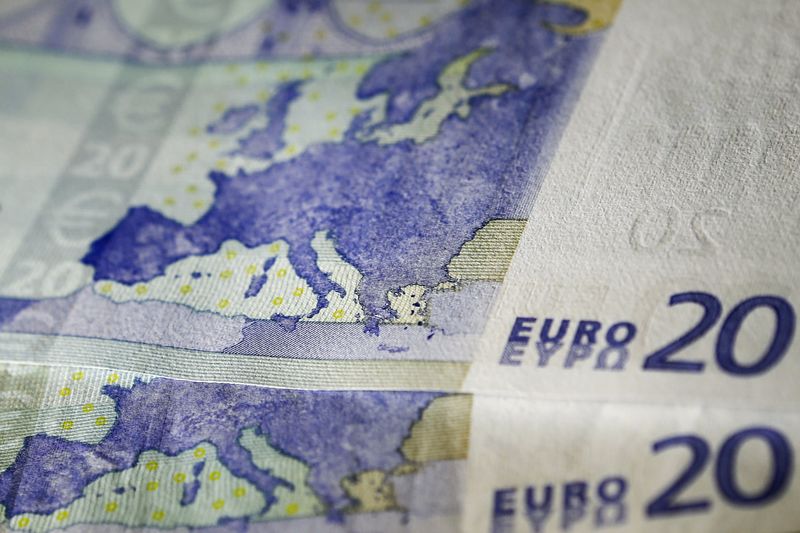* Canadian dollar, Norwegian crown hurt by oil fall
* Euro and yen both up against the dollar
* Worries Fed could signal concern about economic outlook
* Odds on Bank of Japan holding fire on further easing
By Patrick Graham
LONDON, Jan 25 (Reuters) - The dollar edged down on Monday as renewed selling on oil markets drove investors into their safe havens of choice, the euro and yen, and weakened the currencies of major crude exporters.
After an upbeat session in Asia, stock markets quickly turned negative in Europe and oil fell almost 3 percent, driving roughly half-percent falls in the Canadian dollar and Norwegian crown. CAD=D4
The oil price fall turned investors' focus back onto the broadly negative view of the outlook for the world economy that has dominated since the start of 2016.
That has tended to benefit the euro, yen and Swiss franc at the expense of the dollar.
"We cannot sound the all clear, there is clearly a lot of uncertainty out there," Commerzbank (DE:CBKG) strategist, Thu Lan Nguyen, said.
"The main theme this morning is of commodity currencies being under pressure. A lot depends on the oil price. If we see a sharp drop back to the levels we saw last week, we can see another round of the market nerves we have been seeing."
The dollar fell about a third of a percent against the yen to 118.40 JPY= , well off last week's one-year low of 115.97. The euro was also up about 0.25 percent at $1.0816 EUR=EBS .
Norway's prime minister and central bank governor were set to meet at short notice on Monday and expectations for the outcome of the meeting helped the crown steady at 9.47 crowns per euro by 1221 GMT, down 0.3 percent.
"Extra spending would be temporarily supportive for the crown but would not change the longer-term bearish currency story against the dollar unless there is a quick pick-up in non-oil sectors," Morgan Stanley (N:MS) analysts said in a morning note.
Bullish bets on the dollar fell for a fourth straight week through Jan. 19, according to Reuters calculations and the latest data from the Commodity Futures Trading Commission, released on Friday. is on the pace of Federal Reserve tightening as risk aversion and volatile markets push investors to pare bets on any U.S. near-term hikes, with rates widely expected to be held on Wednesday.
The Bank of Japan (BoJ) will conclude a two-day policy meeting on Friday, at which sources familiar with its thinking say it is likely to cut its core consumer inflation forecast for the coming fiscal year to possibly below 1 percent. data has raised speculation of more BoJ easing by April.
